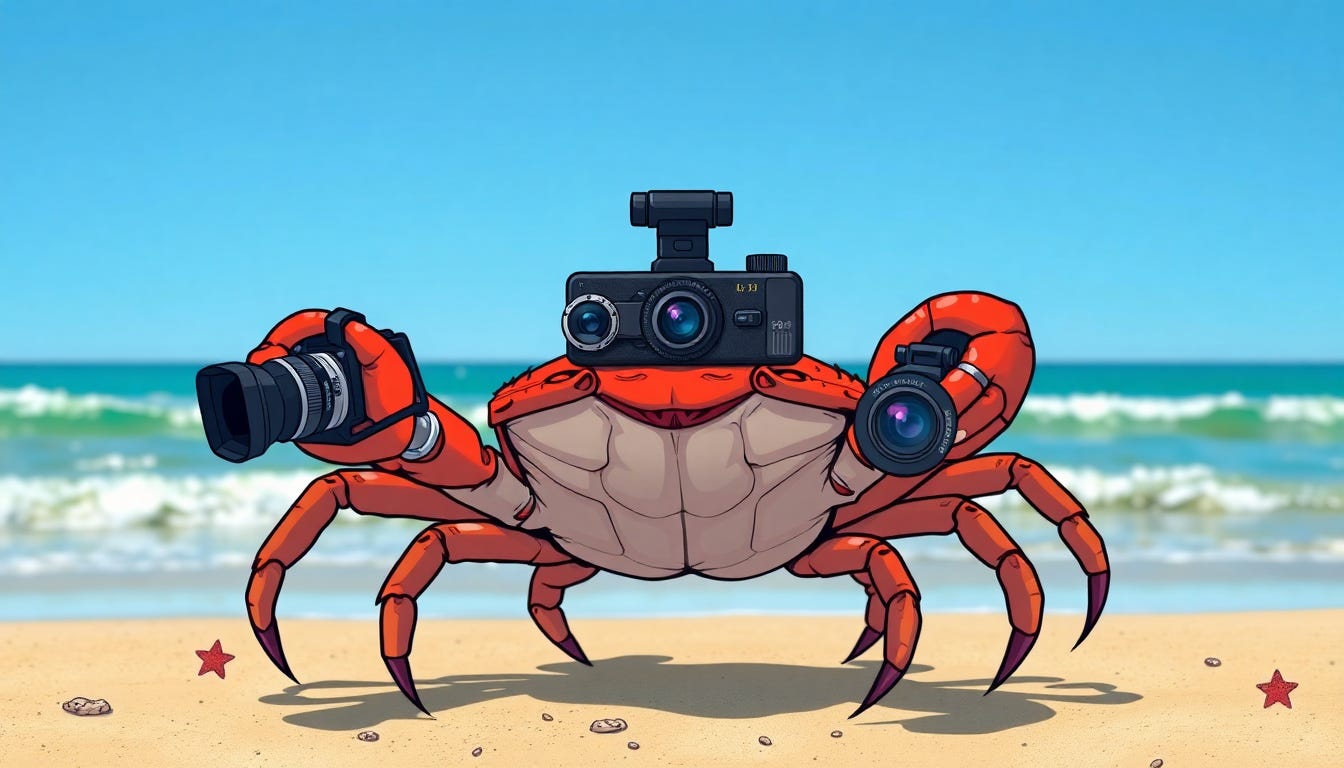I was only two weeks ago that I wrote about Google’s VEO3, and how it spawned the viral Bigfoot video craze. Despite having devoted nine months of work to honing my craft, I suddenly felt more behind then ever. Since it’s launch in late May, VEO has created over 40 million videos and what was once exceptional is now common. It seems that each week brings more powerful tools, and today is no exception. The AI video landscape is evolving quickly and here are a few more tools you should know about if you want to stay up to date.
Higgsfield.ai is super slick, with an dazzling array of pre-built effects to give you that candy-coated look that will make your socials go viral. However these effects feel too slick for me, too pre-built. If you are more concerned with ‘likes’ than craft, this may be for you. They are having a sale right now.
Moonvalley.com is the better bet for those of you who are more interested in the craft of serious filmmaking. The also have an ethical standard and state that their model was only trained on openly licensed data. You can read more on Tech Crunch. They’re also leading the way with an almost 360 degree view of your subject matter, meaning you can orbit the camera around like the bullet-time scenes in the Matrix.
Weavy.ai is an aggregator of multiples models, similar to Genova Labs, that I wrote about yesterday, but much more powerful. You can choose from multiple LLMs, image generators, video generators, and 3D generators. You can load external/open source models, stack layers, add text, and apply a variety of photo editing techniques. While it is a ‘node based editor’ which many people find confusing (I’m looking at you, ComfyUI), they’ve done an amazing job with the UI and I found it a pleasure to use. I’ll have a full review next week.
Midjourney.com While MJ is certainly not a newcomer and probably everyone knows they do video now, they cannot be ignored. The quality is simply amazing and if your particular vision leans toward fantasy, it’s incredibly fun to play with. One caveat, current output is at a max of only 480p, so I’m waiting a few weeks for higher resolution.
I know that multiple subscriptions get expensive, but all four of these tools are worth considering if you’re trying to assemble an AI video workflow.
Education Roundup
Coding is Dead at the University of Washington
“Coding, or the translation of a precise design into software instructions, is dead,” said Magdalena Balazinska (Director of Computer Science) “AI can do that. We have never graduated coders. We have always graduated software engineers. The hard problem is to precisely figure out what we want computers to do in order to accomplish some task,” she said. “That creative and conceptually challenging work is the true work of a software engineer.” via Geekwire
Big Tech is Investing Big Time in Education
Microsoft, OpenAI, and Anthropic invested $23M in AI teacher training through the American Federation of Teachers, with over 80% of educators now using AI tools (up 21 points from last year). Microsoft specifically launched Microsoft Elevate and committed $4B+ over five years in cash and AI technology donations to schools, colleges, and nonprofits.
Hey Students, Promote Claude, Get Paid
Launch non-technical outreach campaigns and educational programs on your campus.Represent Claude in partnerships with academic departments, student orgs and informal campus groups
Lead activations across campus and create content to spread the word about why you love Claude
Host events such as prompting workshops and no-code build-athons
$1,750.00 program stipend (pre-tax)
Paid 10-week commitment beginning in late August. Check it out
AI is Driving Down the Price of Knowledge
I’ve read several article recently that either ask the question “Is College even worth it”, or has professors asking, “How do we even teach in the age of AI?” If you’re an educator, or just curious, you’ll like this article from The Conversation
For a long time, universities worked off a simple idea: knowledge was scarce. You paid for tuition, showed up to lectures, completed assignments and eventually earned a credential. That process did two things: it gave you access to knowledge that was hard to find elsewhere, and it signaled to employers you had invested time and effort to master that knowledge.
Have a fantastic weekend and I hope this newsletter is helping you stay ahead of the curve. As always, if you have any questions, or would like me to do a deep dive, just reach out. And you can always buy me a coffee.





